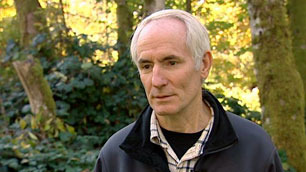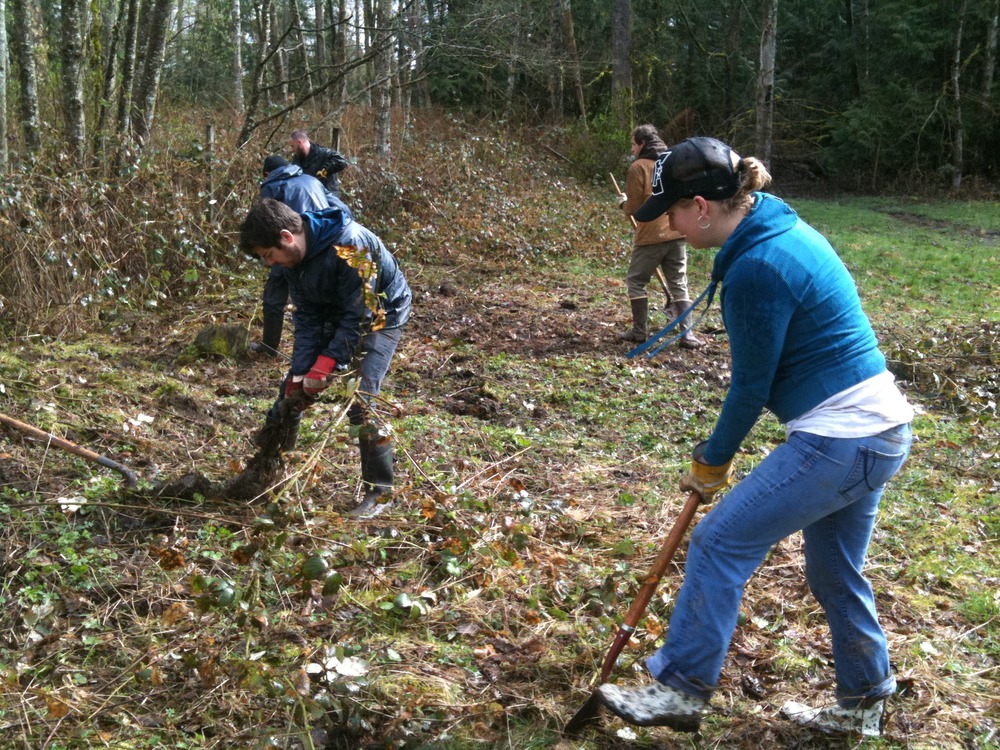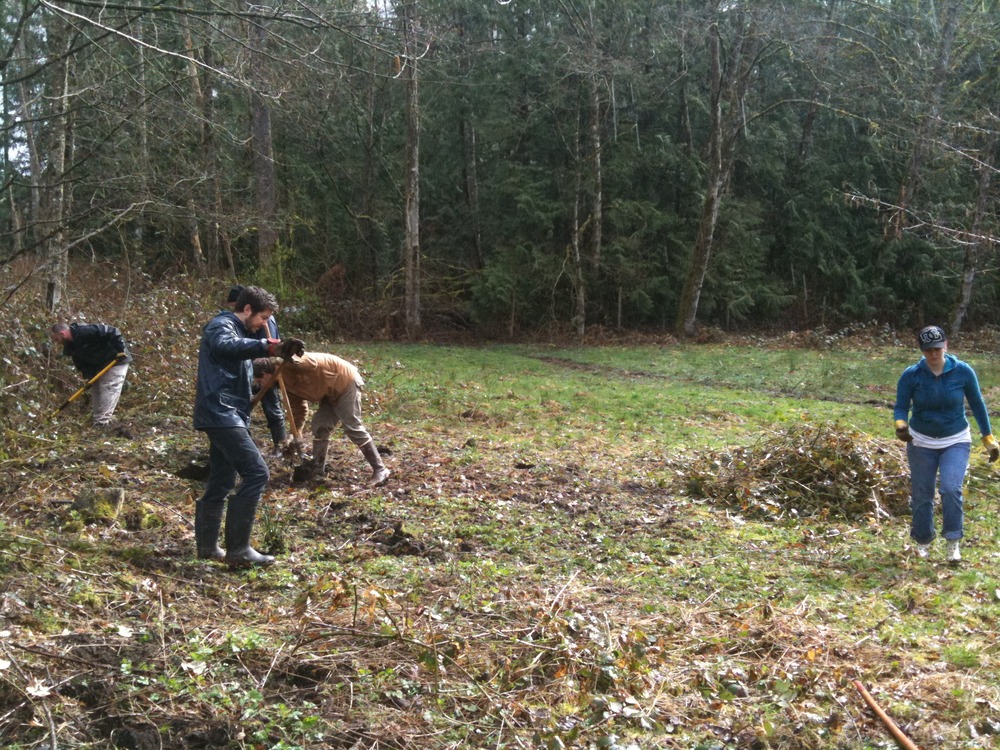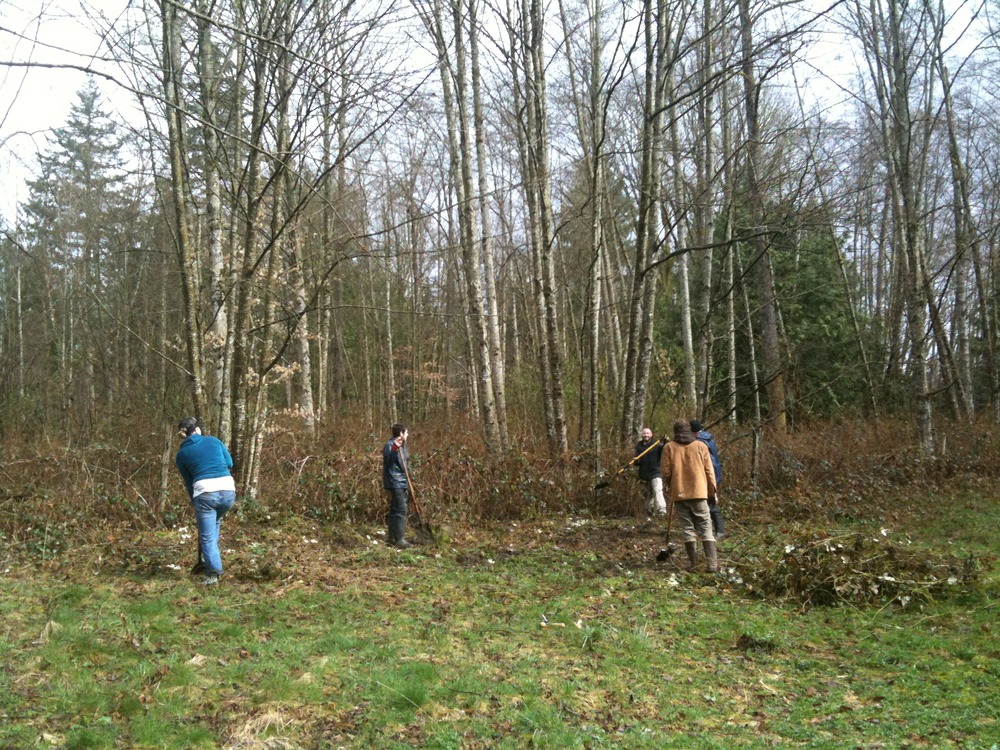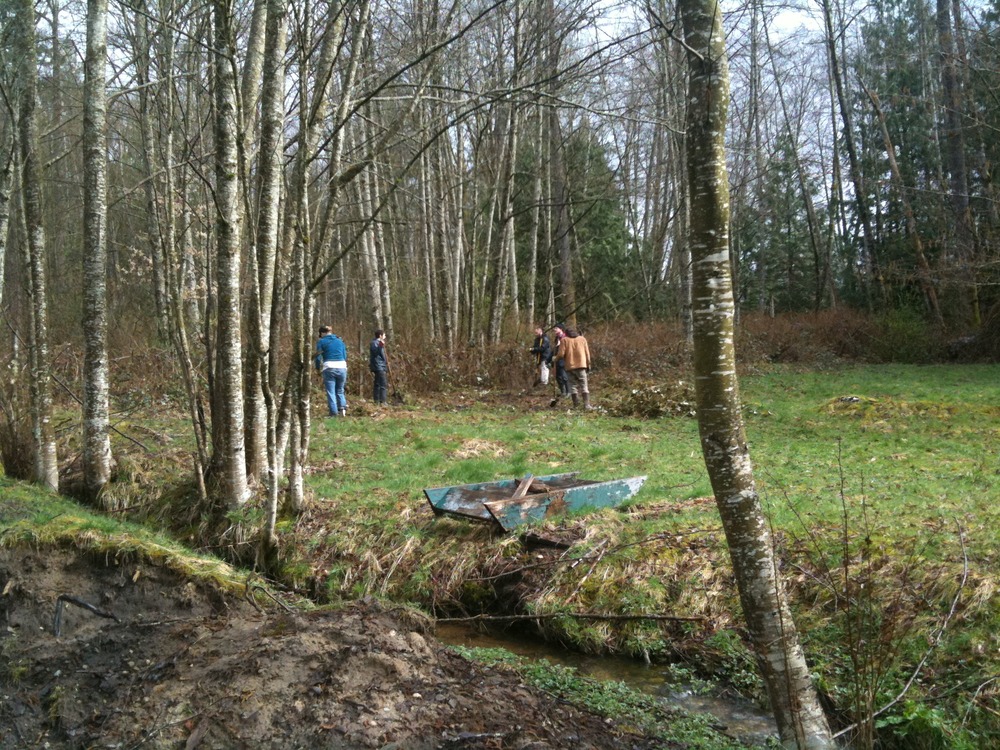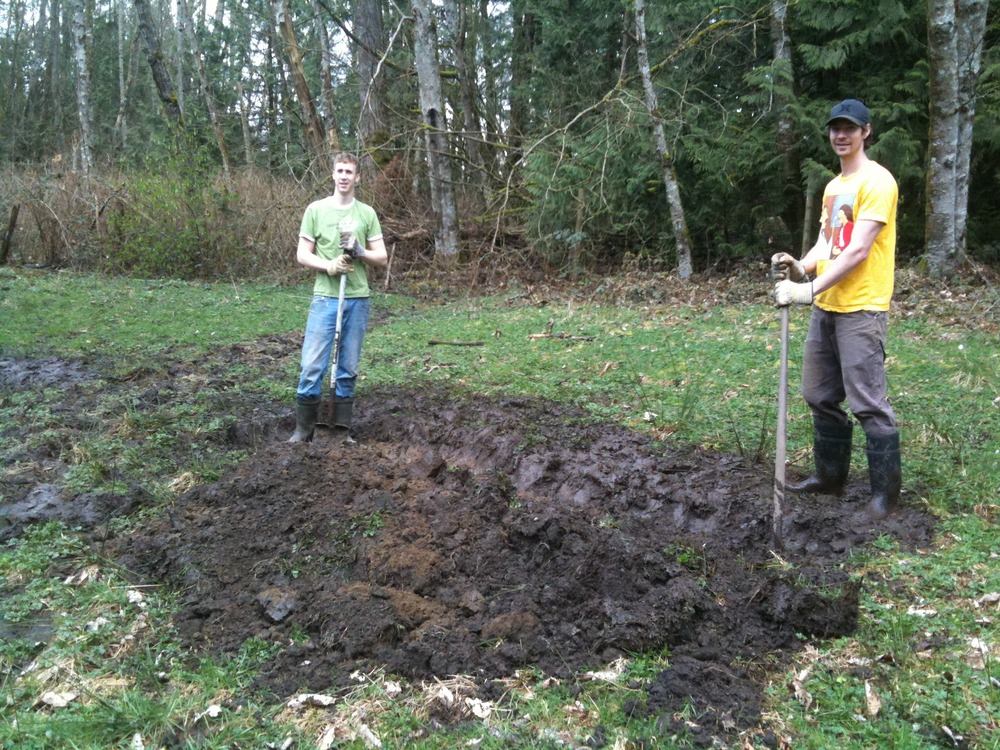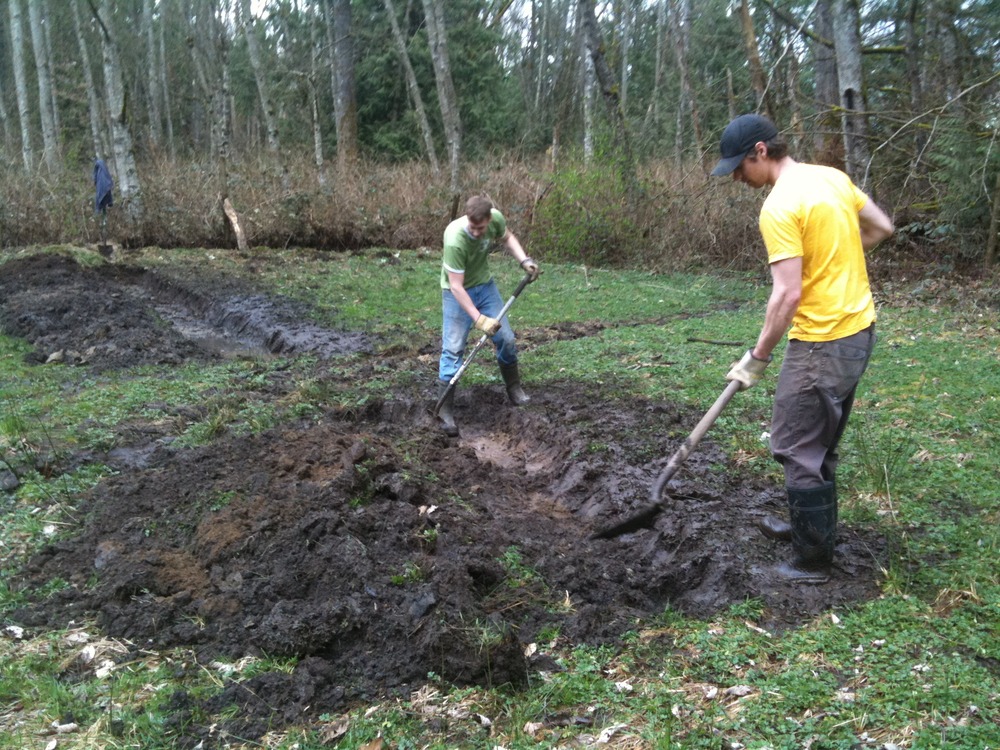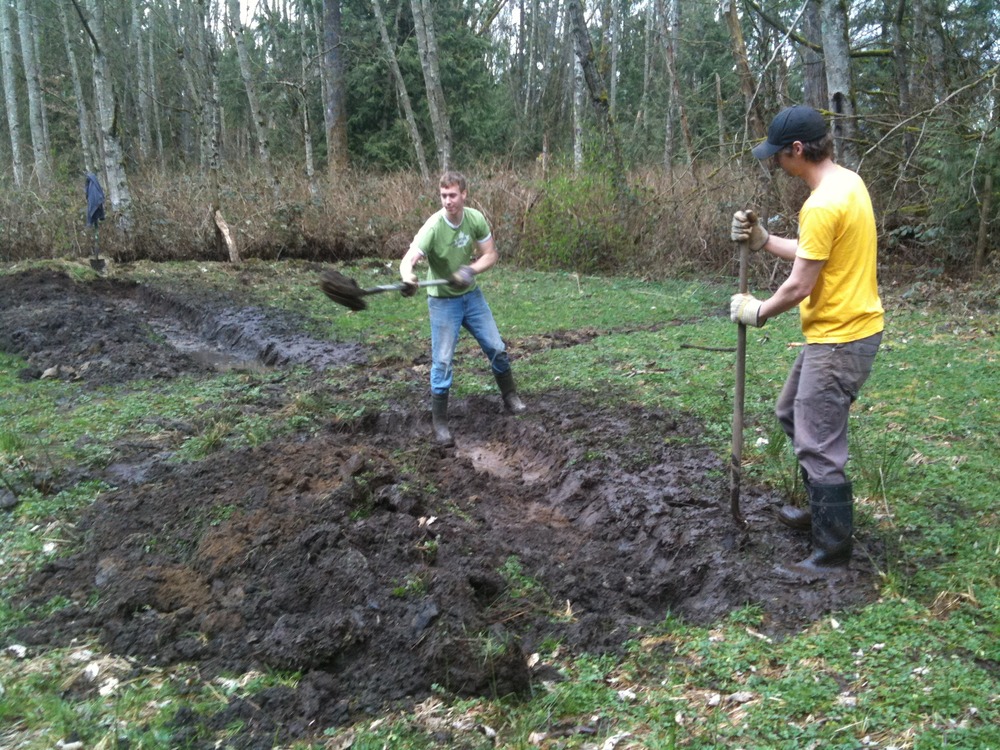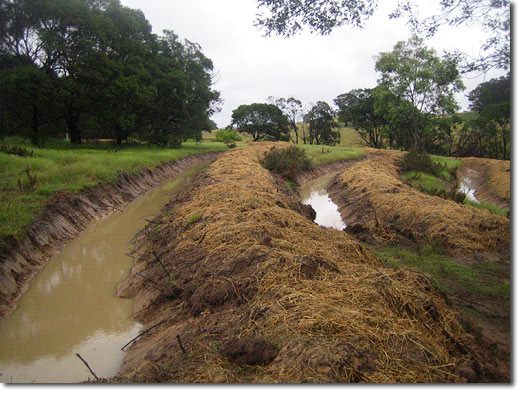Since we’re 16 months into what I originally called the ‘Farm for a Year’ project, I figure it’s about time I graduate this blog (and project) to a new title: Farm For Life.
I chose this name for a few reasons:
- It seems like a natural and easy transition to move from ‘Farm for a Year’ to ‘Farm for Life’.
- The experiences of the past 16 months have made me realize that I (and I think the others on the farm feel the same for themselves too) want to continue incorporating the skills, values and ideologies learned and adopted here into my future, no matter where I live or how much land I have.
- Farming for life doesn’t just represent a timeline – it represents the kind of farming that infuses LIFE into our environment, our bodies and our community. We are trying to farm in a way that puts life back into the soil that industrial farming has abused, that enhances ecosystems and sees the return of increased biodiversity, that grows healthy, organic, pesticide & GMO-free food to feed ourselves and our community members, that takes away food ownership from profit-driven corporations and puts it back into our own hands, and that renews our own spirits, connecting us spiritually with the earth and all living things on it.
I’ve registered a new domain name for this website. The new address is www.thefarmforlifeproject.com, but for the ease of regular visitors, the original www.farmforayear.com will continue to bring you here as well.
Get regular photos & updates at The Farm for Life Project Facebook page and follow farm and other food justice news on my twitter feed.
PS – I’m exploring ideas for a different website design that will be better suited to hold more of the information I want to make available here. Hope you’re not too attached to this look. Stay tuned!

